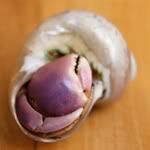There haven't been many crabbers able to raise crabs from eggs, simply because it requires a series of saltwater tanks to do so (in my understanding). I think Tammy at the Hermit Crab Patch has done so as well. My Lilith laid eggs once that hatched, but I could not raise them because i didnt have the proper set up.
here is tiny little Agate all shy when I first got him, you can see that he is 100% white and light orange:
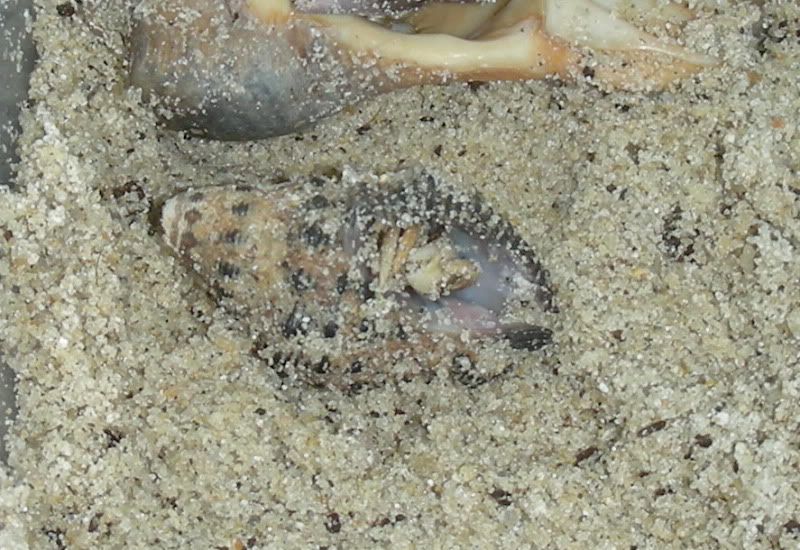
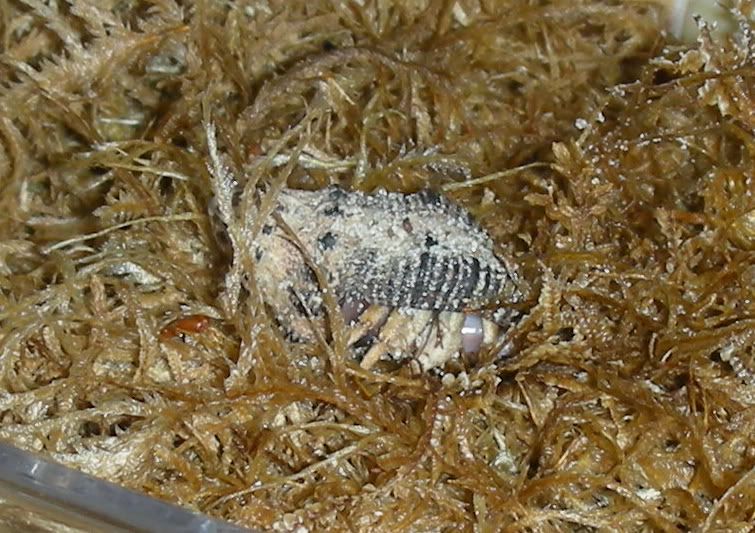
and tiny little Agate now, you can see that he has picked up a blueberry's coloring (as well as increased in size):

Some pictures of him about the tank, in various stages of growing up with me. I have had him since November 2009, and he has had multiple molts and about doubled in size, as well as picking up the color most recently:
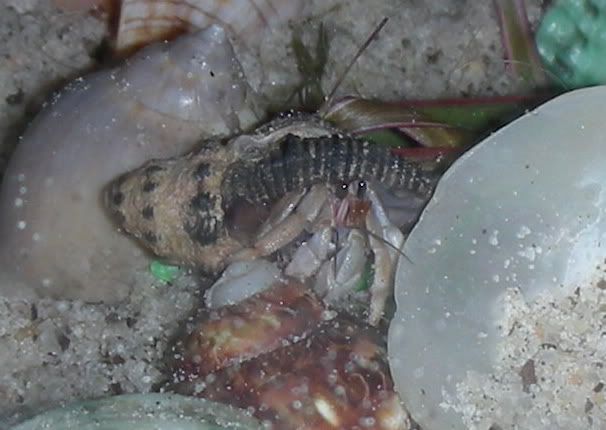

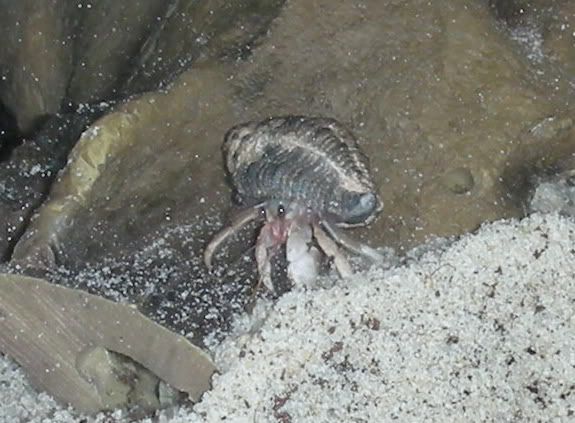
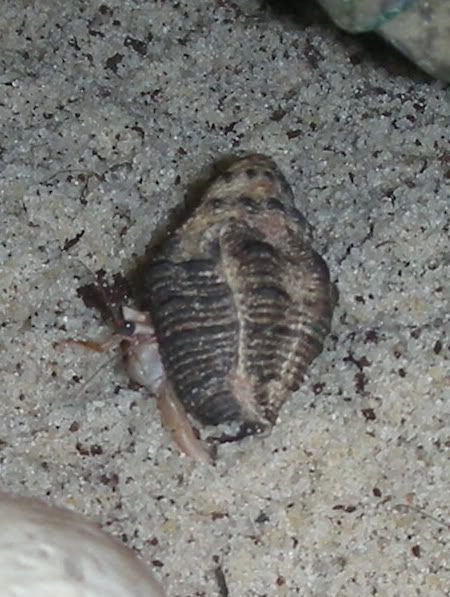
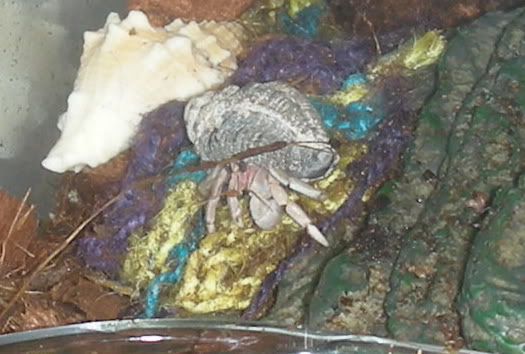
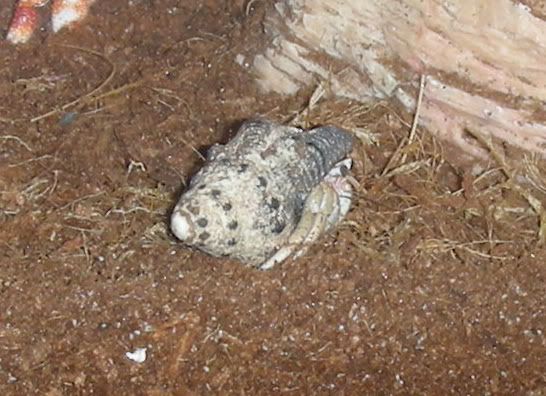

Caroline


